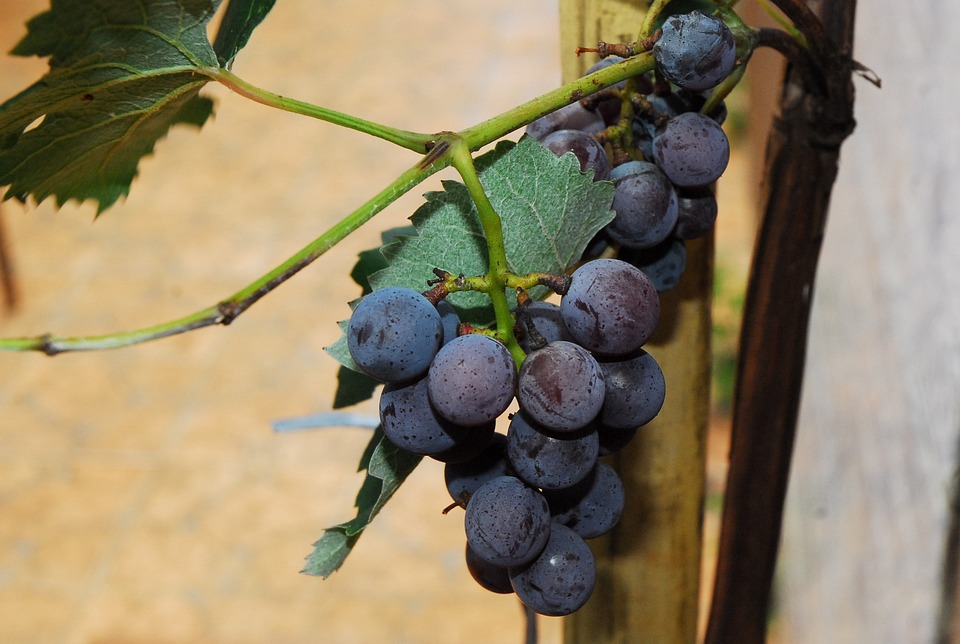The Evolution of Kuila ni Viti: From Ancient Rituals to Modern Celebrations

The Origins of Kuila ni Viti
Kuila ni Viti is a traditional Fijian celebration that has deep roots in ancient rituals and ceremonies. The term “Kuila ni Viti” translates to “Fijian dance” in English, and it is a significant cultural event that has evolved over the centuries. The origins of Kuila ni Viti can be traced back to the early Fijian settlers who brought their unique dance forms and traditions to the islands.
The ancient Fijians believed in the power of dance as a form of communication with the spiritual world. Dance was used in rituals and ceremonies to honor the gods and ancestors, seek protection from evil spirits, and celebrate important events such as harvests and weddings. The traditional Fijian dances were intricate and symbolic, with each movement telling a story or conveying a message.
The Evolution of Kuila ni Viti
Over the years, Kuila ni Viti has evolved from its ancient roots into a more modern celebration that is still deeply rooted in tradition. The dances have become more elaborate and choreographed, incorporating elements of modern dance styles and music. However, the essence of Kuila ni Viti has remained the same – to honor and celebrate Fijian culture and heritage.
Today, Kuila ni Viti is celebrated throughout Fiji and is a time when the Fijian people come together to showcase their cultural pride and unity. The celebration typically includes traditional dances, music, food, and ceremonies that pay tribute to the ancestors and the gods. It is a time for Fijians to connect with their past and preserve their cultural traditions for future generations.
Traditional Kuila ni Viti Dances
One of the key components of Kuila ni Viti is the traditional Fijian dances that are performed during the celebration. These dances are a colorful and vibrant display of Fijian culture and history, with each movement and gesture carrying symbolic meaning. Some of the most popular traditional Kuila ni Viti dances include:
Meke
Meke is a traditional Fijian dance that combines singing, chanting, and storytelling with intricate movements and footwork. The dancers wear elaborate costumes and accessories that represent different aspects of Fijian culture and history. Meke is performed to honor the gods, ancestors, and important events in Fijian history.
Vakamalolo
Vakamalolo is a slow and graceful dance that is performed to express reverence and respect for the gods and ancestors. The dancers move slowly and deliberately, using their hands and arms to convey emotion and meaning. Vakamalolo is a solemn and ceremonial dance that is often performed during religious ceremonies and festivals.
Vakamalua
Vakamalua is a fast-paced and energetic dance that is performed to celebrate joyous occasions such as weddings, births, and harvests. The dancers move quickly and rhythmically, with lots of footwork and hand movements. Vakamalua is a lively and festive dance that is accompanied by traditional Fijian music and singing.
Modern Kuila ni Viti Celebrations
In recent years, Kuila ni Viti has become more than just a traditional celebration – it has evolved into a modern event that attracts tourists and visitors from around the world. The modern Kuila ni Viti celebrations include a mix of traditional and contemporary elements, with performances, demonstrations, and workshops that showcase the rich cultural heritage of Fiji.
The modern Kuila ni Viti celebrations also incorporate elements of other cultures and traditions, creating a fusion of dance styles and music that is both unique and exciting. The event has become a platform for Fijians to share their culture with the world and promote cultural exchange and understanding.
Interactive Workshops
One of the highlights of the modern Kuila ni Viti celebrations is the interactive workshops that allow visitors to learn and participate in traditional Fijian dances and music. These workshops are led by experienced dancers and musicians who teach the basics of Fijian dance and music, allowing participants to immerse themselves in the rich cultural heritage of Fiji.
Performance Troupes
Another key feature of the modern Kuila ni Viti celebrations is the performance troupes that showcase traditional and contemporary Fijian dances. These troupes consist of talented dancers and musicians who perform on stage for audiences, sharing the beauty and complexity of Fijian culture through dance and music. The performances are a colorful and dynamic display of Fijian artistry and talent.
Cultural Exhibitions
The modern Kuila ni Viti celebrations also feature cultural exhibitions that highlight the history and significance of Fijian dance and music. These exhibitions include artifacts, costumes, and photographs that tell the story of Kuila ni Viti and its evolution over the centuries. They provide visitors with a deeper understanding of Fijian culture and traditions.
Conclusion
Kuila ni Viti is a celebration that has evolved over the centuries from its ancient roots into a modern event that celebrates the rich cultural heritage of Fiji. The dances, music, and ceremonies of Kuila ni Viti have remained true to their traditional roots while incorporating elements of modern dance styles and music. The celebration is a time for Fijians to come together, honor their ancestors, and share their culture with the world.
As Kuila ni Viti continues to evolve and expand, it remains a vital part of Fijian culture and identity, a celebration of the past, present, and future of the vibrant and diverse nation of Fiji.